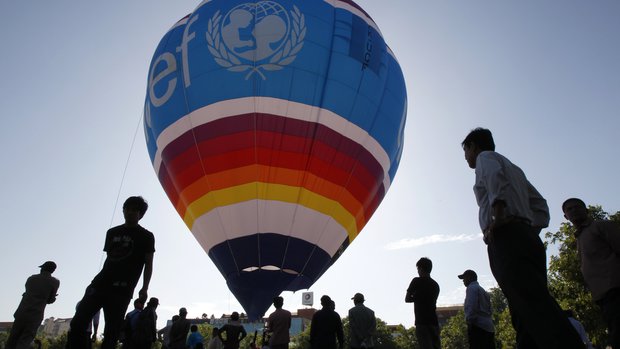Business
Charities Emerge from Recession with Record Donations

DONNA GORDON BLANKINSHIP, Associated Press
SEATTLE (AP) — Charitable giving in the United States has surpassed pre-recession levels for the first time in seven years, according to a national organization that tracks the generosity of Americans.
Americans gave an estimated $358 billion to charity in 2014, about $47 billion more than they gave in 2007, the previous peak of charitable giving in the United States. Last year marked the fifth year of increased giving, but the chairman of the Giving USA foundation said charities had not expected to reach pre-recession levels for a few more years.
“We know as the economy improved, things would get better. We were just not sure what that point would be,” said Keith Curtis, chairman of the Giving USA Foundation.
In 2014, giving increased from individuals, corporations, foundation and bequests, according to the Giving USA report, which was released Tuesday. Total giving increased by 7.1 percent from 2013 to 2014.
The annual Giving USA annual report is based on tax returns and other data collected by researchers in the Lily Family School of Philanthropy at Indiana University.
Most of the increases in donations to America’s more than 1 million charities were attributed to the improved economy. The economic downturn did not halt charitable giving, but the recession slowed it down and some Americans switched their donations toward human services during the recession, Curtis said.
Donors are now supporting many of the same causes they donated to pre-recession, although giving to religious causes has not grown as fast as other areas, including human services, education, the environment and the arts.
Giving to religious organizations still makes up the largest percentage of all U.S. donations — 32 percent in 2014 — but its dominance in philanthropy has been dropping for the past 30 years. In 1987, charitable giving to religious organizations represented 53 percent of all donations.
This downward trend is related to the decrease nationally in religious participation. People don’t give to churches they don’t attend, Curtis noted, but they continue to give to social service agencies run by religious groups.
Nonprofits learned a lot during the recession, Curtis said, and they came out of the economic downturn stronger, more strategic and with better donor relations. “Most of us weren’t well prepared. We didn’t realize how deep and long it would be,” he said.
Curtis said he hopes they will remember the experience and continue to plan for and be cautious about future economic volatility.
Copyright 2015 The Associated Press. All rights reserved. This material may not be published, broadcast, rewritten or redistributed.











































